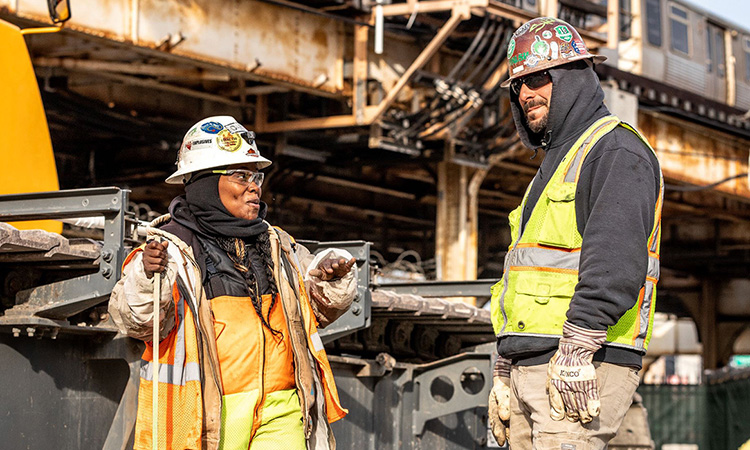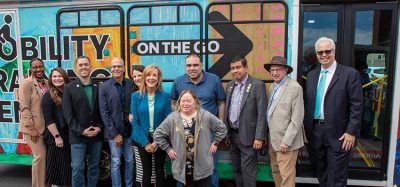MTI research identifies disparities in transit workforce diversity and offers solutions
- Like
- Digg
- Del
- Tumblr
- VKontakte
- Buffer
- Love This
- Odnoklassniki
- Meneame
- Blogger
- Amazon
- Yahoo Mail
- Gmail
- AOL
- Newsvine
- HackerNews
- Evernote
- MySpace
- Mail.ru
- Viadeo
- Line
- Comments
- Yummly
- SMS
- Viber
- Telegram
- Subscribe
- Skype
- Facebook Messenger
- Kakao
- LiveJournal
- Yammer
- Edgar
- Fintel
- Mix
- Instapaper
- Copy Link
Posted: 21 March 2024 | Intelligent Transport | No comments yet
The Mineta Transportation Institute’s latest research reveals stark disparities in gender and racial representation within the transit industry workforce, underscoring the urgent need for proactive strategies to promote inclusivity and equity.


Credit: Chicago Transit Authority
In a recent study conducted by the Mineta Transportation Institute (MTI), researchers shed light on the disparities in diversity within the transit workforce across the U.S. The study, titled “Understanding Workforce Diversity in the Transit Industry: Establishing a Baseline of Diversity Demographics,” delves into data from 2018 to 2022, revealing critical insights and proposing actionable recommendations to promote inclusivity within transit agencies.
Despite the pivotal role public transit plays in connecting communities, the study exposes significant gaps in workforce representation. Dr. Asha Weinstein Agrawal, the principal investigator, underscores the urgency of addressing these disparities, especially amid the prevalent staffing shortages in the transit industry.
Dr. Asha Weinstein Agrawal said: “Important strategies for recruiting and retaining a diverse workforce include marketing strategies that promote the diverse careers available in public transit, revising job descriptions to be more inclusive, family-friendly work schedules for operations staff, ongoing professional development opportunities that target employees in every job classification and fostering strong executive-level support for diversity programmes.”
Key findings from the research include:
- Gender disparities: The majority of the transit workforce comprises males, accounting for 71% of employees
- Racial/ethnic imbalances: Non-White workers constitute 64% of the transit workforce, with Black employees being the largest group at 40%, despite comprising only 12% of the overall U.S. labour force. Conversely, Hispanic workers are underrepresented relative to their population percentage and transit usage
- Leadership and pay disparities: White employees hold a disproportionate number of leadership positions, while both White and Asian employees are overrepresented in higher-paid professional and skill-craft roles.
Furthermore, the study stresses the importance of improving data collection and analysis methods to track long-term progress accurately. Dr. Agrawal acknowledges the challenges but underscores the necessity of adapting strategies to ensure transit workforces reflect the diverse communities they serve.
The findings underscore a call to action for transit agencies nationwide to re-think their approaches to diversity and inclusion, ensuring that their workforce mirrors the rich tapestry of their communities. By implementing the recommended strategies, transit agencies can address immediate staffing needs and also foster a more inclusive and equitable environment for employees and passengers alike.
Related topics
Public Transport, Workforce Inclusivity, Workplace
Related countries
United States
Related organisations
Mineta Transportation Institute (MTI)
Related people
Asha Weinstein Agrawal








